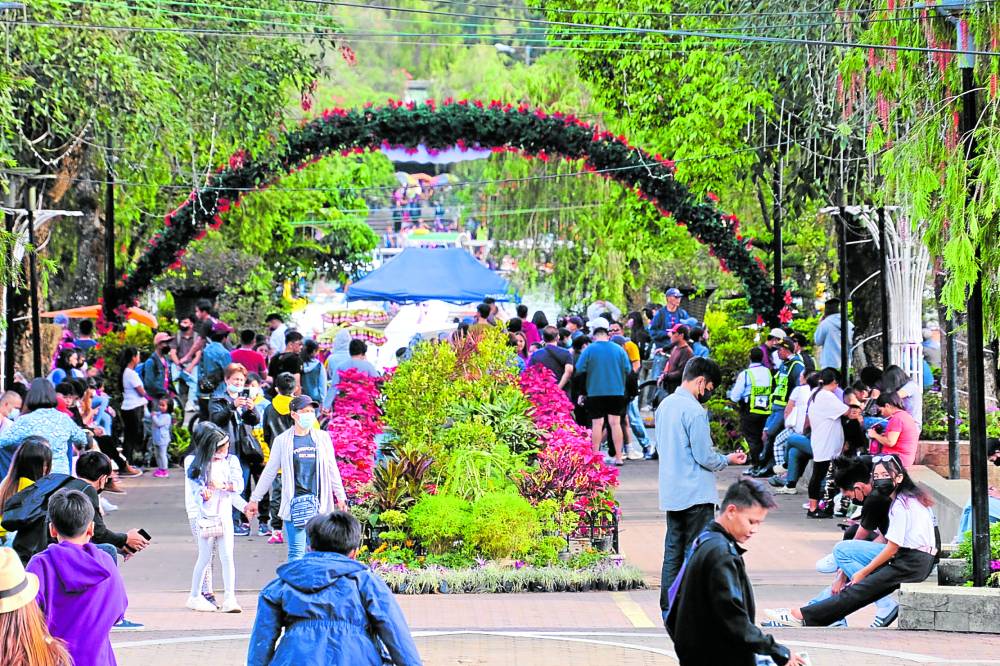SWS: 44% of Filipinos see improved quality of life in next 12 months
MANILA, Philippines — Forty-four percent of Filipino adults expect their quality of life to improve in the next 12 months, according to a Social Weather Stations (SWS) survey.
The survey showed that 44 percent of Filipinos believe their quality of life would improve (optimists), another 44 percent see no change, 7 percent think it would worsen (pessimists), and the remaining 6 percent did not respond.
The survey was conducted from March 21 to 25 using face-to-face interviews with 1,500 adults 18 years old and older.
Six hundred survey participants are from Balance Luzon or areas outside Metro Manila within Luzon, and 300 each from Metro Manila, Visayas, and Mindanao.
“The sampling error margins are ±2.5 percent for national percentages, ±4.0 percent for Balance Luzon, and ±5.7 percent each for Metro Manila, the Visayas, and Mindanao,” SWS said.
Article continues after this advertisementThe data also revealed that net personal optimism (the percentage of optimists subtracted by the percentage of pessimists) has slightly decreased to +37 compared to SWS’ last survey in December, which was at 39+ — both classified as “very high.”
Article continues after this advertisement“Compared to December 2023, Net Personal Optimism fell from excellent to very high in Mindanao, down by 11 points from +43 to +32. It stayed excellent in Metro Manila, although down by 5 points from +47 to +42,” SWS said on Monday.
“It stayed high in the Visayas, although down by 3 points from +27 to +24. It stayed excellent in Balance Luzon, up by 4 points from +40 to +44,” SWS added.
In addition, SWS found that 46 percent of Filipino families believe they are poor, 30 percent said they are “borderline” (by placing themselves on a horizontal line dividing poor and not poor), and 23 percent said they are not poor.
Net personal optimism was also highest at +49 for adults who consider themselves “not poor,” followed by those who are “borderline” at +43, and lowest at +28 for adults who consider themselves “poor.”
The SWS likewise observed that net personal optimism increased for those who graduated college or took postgraduate studies from +38 to +44.
It decreased, however, for those who finished junior high school, finished senior high school, completed vocational school, or enrolled in vocational schooling, senior high school and college from +45 to +43.
It also decreased in those who either finished elementary or took high school education, from +36 to +32, and in those who did not have formal education or took elementary education, from +24 to +19.
